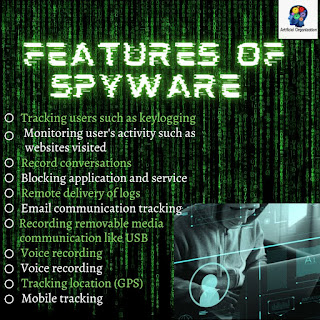Strange Computer Languages: A Hacker’s Field Guide

Strange Computer Languages: A Hacker’s Field Guide Why do we build radios or clocks when you can buy them? Why do we make LEDs blink for no apparent purpose? Why do we try to squeeze one extra frame out of our video cards? We don’t know why, but we do. That might be the same attitude most people would have when learning about esolangs — esoteric programming languages — we don’t know why people create them or use them, but they do. We aren’t talking about mainstream languages that annoy people like Lisp, Forth, or VBA. We aren’t talking about older languages that seem cryptic today like APL or Prolog. We are talking about languages that are made to be… well… strange. We have to start at the beginning. INTERCAL. This was started as a joke in 1972 and the acronym is purportedly for Compiler Language With No Pronounceable Acronym. There was no actual implementation, though, until around 1990. Now there are two: C-INTERCAL and CLC-INTERCAL. Since INTERCAL is a parody, it makes some ve...





.png)



.jpg)
.jpg)
.png)